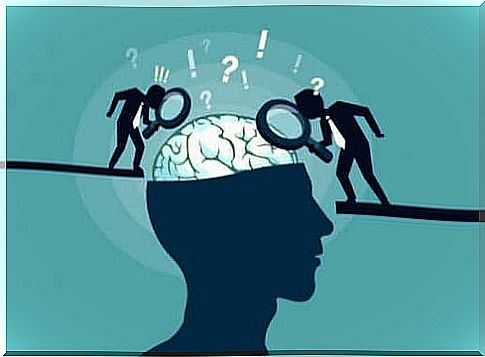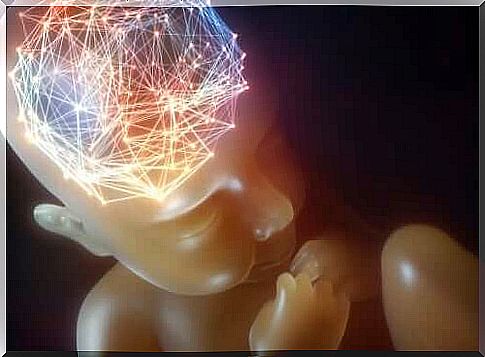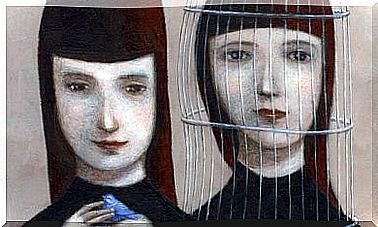Neuronal Synchronization: Brain Orchestra

In recent decades, there has been much more research on the brain and how the brain works. Experts have been interested in understanding how your neurons create a feeling, a concept or a reality. Thus, it seems that neuronal synchronization is the way to go.
At first, people thought the nervous system had a hierarchy. For example, a group of neurons was responsible for codifying certain things and shared this information with a more specialized group. And finally, they handed it over to the last neuron, which was responsible for processing all the information as a whole.
However, the specialized group will require a large number of specific neurons, which will make it impossible to hold on to one area. Similarly, another limitation of that approach was to explain all the different cognitive functions, such as attention or expectation.
Another proposed mechanism is neuronal synchronization. In this, the brain acts in a decentralized way. It is able to process different information simultaneously and activate several areas at once.
Thus, neuronal synchronization would be responsible for coordinating all brain activity in a very detailed way.

Neuronal synchronization
The coordinated effort of your neurons is what enables different neural groups, from many different areas, to unite dynamically and functionally.
This also plays an important role in the brain’s effective communication. It can happen in many ways. For example, it can synchronize two different neurons that are nearby or in two different groups on opposite sides of the brain.
This can only happen if there is a pattern of electrical activity in the neuronal groups. Neurons can only communicate with each other if outgoing and incoming happen simultaneously.
Technically, the action potentials must occur simultaneously. However, uncoordinated episodes are also part of neuronal synchronization, as they allow switching between cognitive states and tasks.

Evidence of neuronal synchronization
As we have said above, the synchronization between neurons or groups of neurons is important for connecting different areas of the brain and doing things successfully. One of the most talked about cognitive processes is language.
In one study, students were asked to pay attention to words they would either hear or see. These words can be verbs or precise or abstract names. While seeing or reading these words, the brain waves were studied to calculate the synchronicity.
The results showed that verbs cause less synchronization in the forehead patch than names. Precise names caused a greater synchronization between both halves of the brain than abstract names.
On the other hand, interaction with other people creates neuronal synchronization between them. Each person’s brain activity is synchronized with the other if, for example, they have a conversation.
Another study focused on a group of students from the same class, throughout an entire course. Studies found that when students were motivated and enjoyed their class, their brains would synchronize most with their classmates.

What does this mean?
The findings about neuronal synchronization are tools for understanding how the brain processes information, how it relates to the rest of our body, and how people get in touch with other people.
It can also be used to understand some brain and psychological disorders. In cases such as schizophrenia or autism, asynchronous patterns of brain activity could be seen in different patients, which could relate to their perception of reality or their communicative intention.









